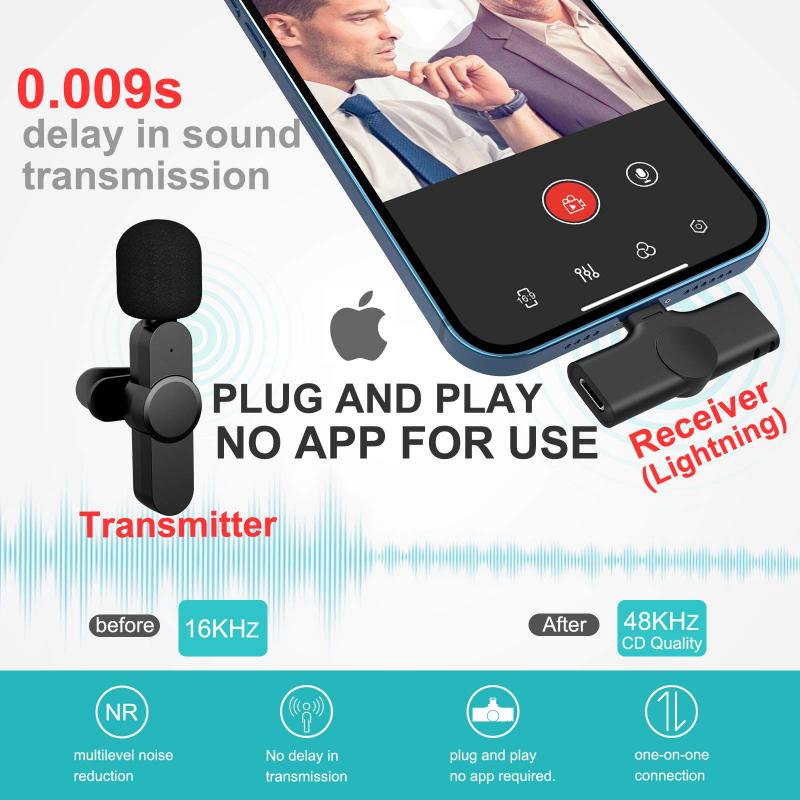How To Record An Audio Book?
Recording an audiobook can be a rewarding endeavor, whether you're an author looking to bring your work to life or a voice actor seeking to expand your portfolio. The process, however, involves more than just reading into a microphone. It requires careful planning, the right equipment, and a good understanding of the technical aspects of audio production. In this article, we will walk you through the essential steps to record an audiobook, from preparation to final production, ensuring you achieve a professional-quality result.
Preparation: Setting the Stage for Success

1. Choose the Right Space

The first step in recording an audiobook is selecting an appropriate recording environment. Ideally, you want a quiet, soundproof room with minimal background noise. If you don't have access to a professional recording studio, you can create a makeshift studio at home. Use heavy curtains, carpets, and foam panels to dampen sound reflections and reduce echo.
2. Gather Your Equipment

Investing in quality equipment is crucial for producing a professional-sounding audiobook. Here’s a list of essential gear:
- Microphone: A good condenser microphone is recommended for its sensitivity and clarity.
- Audio Interface: This device connects your microphone to your computer and converts analog signals to digital.
- Headphones: Closed-back headphones are ideal for monitoring your recording without bleed.
- Pop Filter: This helps reduce plosive sounds (like "p" and "b" sounds) that can distort your recording.
- Microphone Stand: A stable stand ensures consistent microphone placement.
- Computer and Recording Software: A reliable computer and digital audio workstation (DAW) software are necessary for recording and editing.
3. Script Preparation

Before you start recording, thoroughly read through your script. Mark any difficult words, names, or phrases, and practice them until you’re comfortable. Consider making notes on pacing, intonation, and emphasis to guide your performance.
Recording: Bringing Your Story to Life
4. Warm Up Your Voice
Just like athletes warm up before a game, voice actors should warm up their vocal cords. Perform vocal exercises to loosen your throat, lips, and tongue. This helps prevent strain and ensures a smoother delivery.
5. Set Up Your Recording Session
Position your microphone at a comfortable height, about 6-12 inches from your mouth. Use the pop filter to minimize plosive sounds. Open your recording software and set the appropriate levels. Aim for a recording level that peaks around -6dB to -3dB to avoid clipping.
6. Start Recording
Begin recording in a quiet environment. Speak clearly and at a consistent volume. If you make a mistake, pause and re-record the sentence or phrase. It’s better to capture multiple takes and choose the best one during editing.
7. Maintain Consistency
Consistency is key in audiobook recording. Ensure your voice, pacing, and energy levels remain steady throughout the recording. Take regular breaks to avoid vocal fatigue, and stay hydrated to keep your voice in top condition.
Post-Production: Polishing Your Performance
8. Editing
Once you’ve recorded your audiobook, it’s time to edit. Import your audio files into your DAW and start by removing any mistakes, long pauses, or background noises. Use tools like equalization (EQ) to balance the frequencies and compression to even out the volume levels.
9. Adding Effects
While it’s important to keep the narration natural, subtle effects can enhance the listening experience. Consider adding reverb to create a sense of space or using noise reduction tools to eliminate any remaining background noise.
10. Proofing
Listen to the entire audiobook to catch any errors or inconsistencies. It’s helpful to have someone else proof it as well, as they may notice things you missed. Make any necessary corrections to ensure the final product is polished and professional.
11. Mastering
Mastering is the final step in the audio production process. It involves fine-tuning the overall sound to ensure it’s consistent and meets industry standards. Adjust the final volume levels, apply a limiter to prevent clipping, and export the file in the appropriate format (usually MP3 or WAV).
Distribution: Sharing Your Audiobook with the World
12. Choose a Distribution Platform
There are several platforms where you can distribute your audiobook, such as Audible, iTunes, and Google Play. Research each platform’s submission guidelines and choose the one that best fits your needs.
13. Create Cover Art
Eye-catching cover art is essential for attracting listeners. Hire a professional designer or use online tools to create a visually appealing cover that represents your audiobook.
14. Upload and Promote
Follow the platform’s instructions to upload your audiobook and cover art. Once it’s live, promote it through social media, email newsletters, and other marketing channels to reach your target audience.
Tips for Success
- Practice Makes Perfect: The more you practice, the more comfortable you’ll become with the recording process. Don’t be afraid to do multiple takes to get it right.
- Stay Organized: Keep your files organized and labeled clearly to streamline the editing process.
- Invest in Quality: High-quality equipment and software can make a significant difference in the final product.
- Seek Feedback: Don’t hesitate to ask for feedback from others. Constructive criticism can help you improve your performance and production skills.
Recording an audiobook is a multifaceted process that requires careful planning, the right equipment, and attention to detail. By following the steps outlined in this article, you can produce a professional-quality audiobook that captivates listeners and brings your story to life. Whether you’re an author or a voice actor, the skills you develop through this process will serve you well in future projects. Happy recording!
